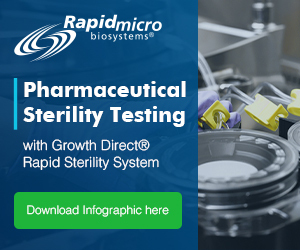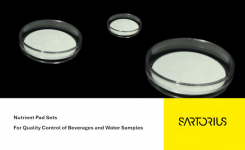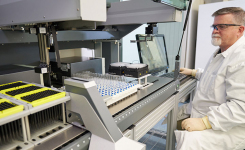Lab Guide: Counting Techniques in Microbiology - Getting From a Single Cell to Usable Data
go back to news archives| Lab Guide > Micro Tests > Total Count | |||||||||||||||||||||||||
Counting Techniques in Microbiology: Getting From a Single Cell to Usable Data
|
Source : Rapidmicrobiology.com View Company Information
Posted on May 9, 2005

















